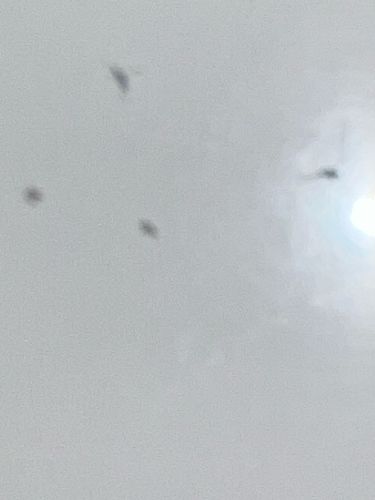Fungus Gnat
Scientific Name: Sciaridae (various species)
Order & Family: Diptera (Order), Sciaridae (Family)
Size: 2-8 mm (approx. 0.08-0.3 inches)

Natural Habitat
Damp, rich organic matter such as potting soil of houseplants, greenhouses, compost piles, and decaying vegetation. They are particularly attracted to moist conditions and fungus growth.
Diet & Feeding
Larvae feed on fungi, decaying plant matter, and sometimes the roots of plants, especially tender seedlings. Adults do not feed significantly and primarily focus on reproduction.
Behavior Patterns
Adult fungus gnats are weak flyers and typically remain close to their breeding sites. They are often seen flying around houseplants or gathering near windows. Females lay eggs in moist soil. The larvae then hatch and feed on organic matter and fungi in the soil. The life cycle from egg to adult can take 3-4 weeks depending on temperature and moisture.
Risks & Benefits
Potential risks include being a nuisance when present in large numbers, and larval feeding can damage the roots of seedlings and young plants, leading to wilting or stunted growth. They generally pose no direct health risk to humans. Benefits are limited; they can contribute to decomposition of organic matter, but their presence is usually indicative of overwatering in potted plants.
Identified on: 10/29/2025